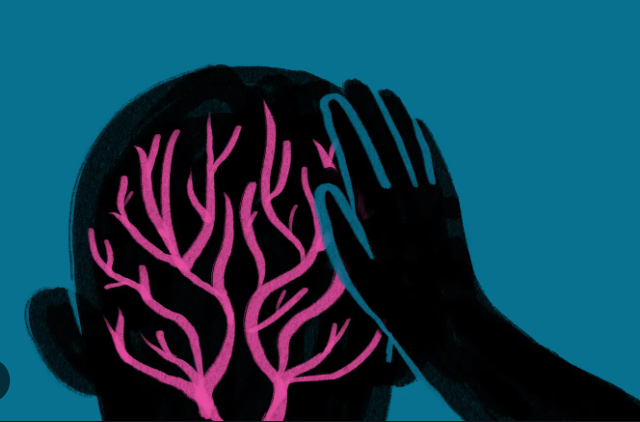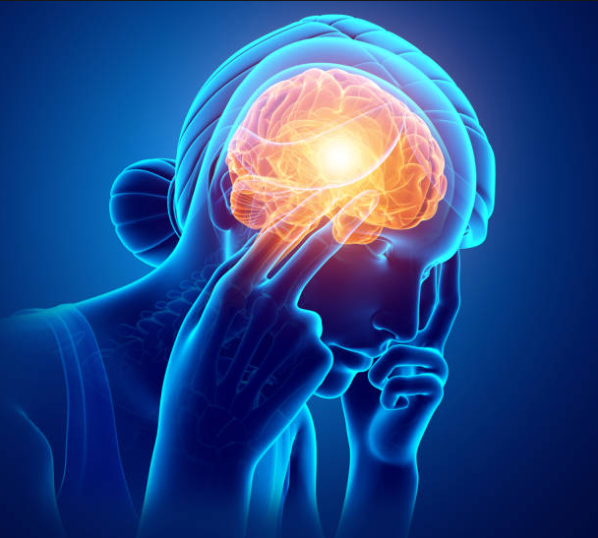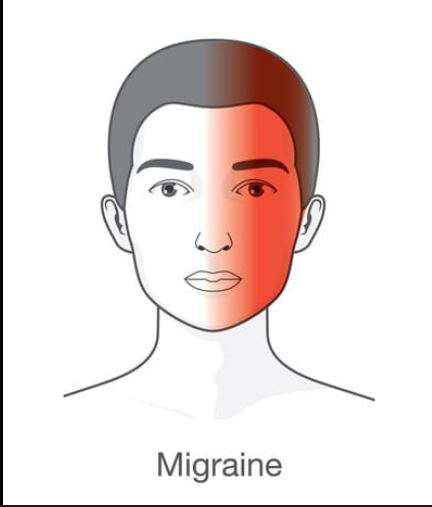Know the symptoms, causes and treatments for these common yet severe Migraines
If you have ever had throbbing headache pain, nausea, light or sound sensitivity, and possibly even strange visual disturbances, you are familiar with the agony and incapacitating effects of a migraine. As an assistant professor in the Department of Neurology at the UCI School of Medicine in Orange, California, and a neurologist with UCI Health, Dr. Anna E. Morenkova states that “migraines are debilitating headaches lasting anywhere from four to 72 hours and are characterized by moderate to severe throbbing or pulsing pain.”
Dr. Molly Rossknecht, a neurologist at the Orange County Migraine & Headache Center in Irvine, California, and a medical adviser to WeatherX, a company that manufactures earplugs that help stop and prevent migraines, says they’re different from a typical headache, even a severe headache. Rossknecht asserts, “Headaches are headaches, but not all headaches are migraines.” In addition to causing excruciating pain, migraines frequently include visual abnormalities, nausea, vomiting, and light- and sound-sensitivity. These symptoms are collectively referred to as auras. Aura is absent from headaches, and most are not as painful as migraines.
Also read-In The US, Salmonella-Tainted Cantaloupe Has Killed Four People, And There Are Over 300 Known Cases

Types of migraines
- Migraine with aura
- Migraine without aura.
- Hemiplegic migraines.
- Chronic migraines.
- Ocular migraine
- Silent migraines
- Migraine with brainstem aura.
- Vestibular migraine
- Menstrual migraine

Symptoms
Migraines aren’t just headaches. They include several other potentially debilitating symptoms that may include:
- Intense, throbbing head pain, usually on one side of the head.
- Nausea, vomiting or other gastrointestinal symptoms such as diarrhea.
- Light sensitivity.
- Sound sensitivity.
- Dizziness.
- Visual disturbances, called aura. These typically occur before the onset of head pain and may be a warning sign for migraine sufferers that head pain will follow soon.
- Tingling or numbness in the face or extremities.
Though migraines often feature throbbing head pain, “they can also be dull or sharp” and feature pressure in the head, Morenkova says. “They often occur in half of the head or in a specific location, but may involve the whole head. And they sometimes switch from one side to the other.”

Causes
Although the precise cause of migraines is unknown, there are some risk factors and triggers that can increase a person’s likelihood of having one. “Migraines are complex disorders with a wide variety of triggers,” says Morenkova. Typical catalysts consist of:
- Stress.
- Changes in the weather.
- Menstruation.
- Sleep deprivation.
- Oversleeping on a weekend.
- Fasting or overeating.
- Dehydration.
- Hormonal changes can be brought on by “pregnancy, delivery, initiation of hormonal replacement therapy or its discontinuation,” as well as “normal hormonal fluctuations of menstrual cycle.” According to Morenkova, migraines can even be brought on by the “initiation or discontinuation of birth control pills”.
- Lights that are bright or flicker.
- Loud sounds.
- Smells, such as those of cigarettes.
- Variations in altitude.
- Depression.

Diagnosis
If you think you’ve had a migraine, you should visit your doctor to get checked out. “Your doctor will do a thorough physical and take a medical history,” Rossknecht says. While there’s no specific lab test or imaging scan that can provide a definitive diagnosis of migraine, you may have some lab work and imaging done to provide a better view of what’s happening in your brain.

Providing your doctor with a comprehensive record of all the times you have experienced the headache or aura is one of the best ways you can support them in making an accurate diagnosis. According to Morenkova, this log ought to contain:
- Time of day when your headaches occur.
- Specific location of the pain in your head.
- How your headaches feel.
- How long your headaches last.
- Any changes in behavior or personality that accompany the headache.
- Effect of changes in position or activities on the headache.
- Effect of headaches on sleep patterns.
- Your stress levels.
- Details about any head trauma, either recently or in the past.
- Recent medication changes.

Treatment
For those who experience migraines, there is good news: there are medications that work. Rossknecht contends that lifestyle modifications ought to come first in any treatment plan. “We try to concentrate on changes in lifestyle,” such as:
- Removing recognized triggers.
- Obtaining enough rest.
- Not abandoning meals.
- Lowering the tension.

For people who cite weather as a triggering event, Rossknecht says the WeatherX app can give you some advance warning as to forecasted atmospheric changes that may cause problems for those sensitive to drops in barometric pressure. The accompanying earplugs “act like a barrier that minimizes the change in pressure between the ear canal and the external environment.” She favors such nonpharmacological interventions because they tend to have fewer potential side effects than medications.

Also read-Schizophrenia : A Patient’s Guide To Schizophrenia And Its Symptoms
images source: Google
Disclaimer: The opinions and suggestions expressed in this article are solely those of the individual analysts. These are not the opinions of HNN. For more, please consult with your doctor.




































